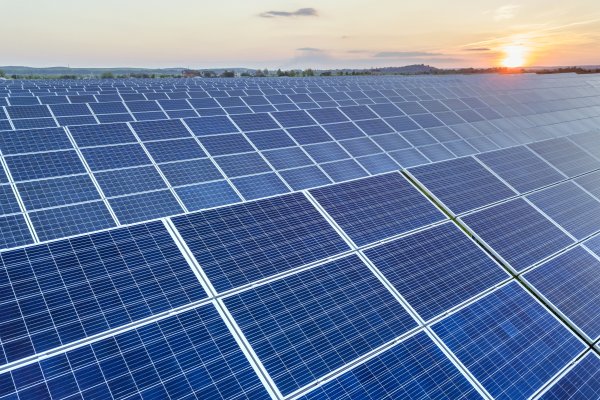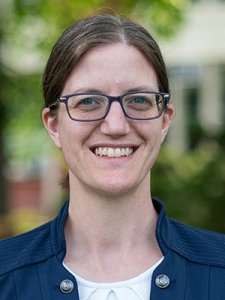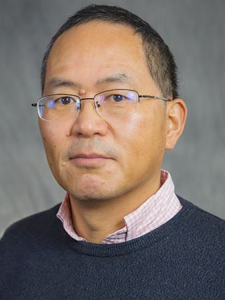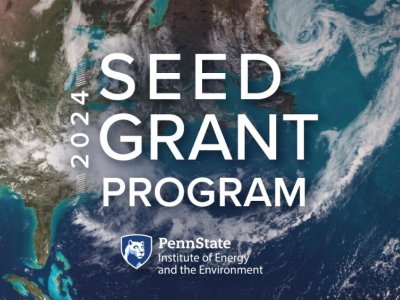
Thermal radiation is ubiquitous, coming from a variety of sources such as sunlight, incandescent lighting, and heat from industrial processes and from the human body. Currently, a big part of thermal radiation is typically discarded, rather than captured as an energy source. This is primarily because thermal emitters are typically bounded by Kirchhoff’s Law of thermal radiation, which states that the emissivity and absorptivity of any emitter must be equal at the same angle and frequency. Overcoming the reciprocal relation between emissivity and absorptivity would enhance the efficiency of a wide range of devices, including solar cells, thermophotovoltaics, and radiative cooling. As a first example, solar cells must re-emit radiation energy towards the sun, representing a fundamental energy loss mechanism. However, if one used a nonreciprocal photovoltaic (PV) cell, the energy would radiate in a different direction and could be collected by additional PV cells. Nonreciprocal emitters have the potential to improve energy harvesting from a limit of 86.8% for reciprocal PV cells to 93.3% for nonreciprocal PV cells. Second, in thermophotovoltaics, thermal radiation from a hot emitter drives a PV cell. Nonreciprocal thermophotovoltaics enables waste heat recovery at Carnot efficiency with finite power, and outperforms reciprocal counterparts. Third, energy harvesting from outgoing thermal radiation generated via radiative cooling can be greatly enhanced by using nonreciprocal emitters. Further, nonreciprocal emission provides directional heat exchange, which could enhance regenerative energy harvesting.
The goal of this proposed work is to develop nonreciprocal emitters which can impact a diverse range of renewable energy technologies. Despite the great potential for enhancing the efficiency various devices, nonreciprocal emitters have been very little explored experimentally, due to the challenges in measuring the emission spectrum of an emitter under a sizable magnetic field and engineering an emitter with a large magneto-optical response. We will address these two challenges by leveraging complementary expertise of three researchers, including Zhu’s expertise on angle-resolved magnetic emission spectroscopy, Law’s expertise on epitaxy of semiconductors, and Mao’s expertise on growing Weyl semimetals.
We propose to develop and characterize (1) semiconductor-based nonreciprocal emitters, and (2) Weyl- semimetal-based nonreciprocal emitters which does not need magnetic field. We will use the spectroscopy system custom-designed by the Zhu group to measure the emission spectrum of emitters with tunable temperature, angle, and magnetic field. In (1), semiconductor films will be epitaxially grown via molecular beam epitaxy by the Law group to construct nonreciprocal emitters in external magnetic field. In (2), magnetic Weyl semimetals will be grown by the Mao group to generate nonreciprocal emission without magnetic field.
The new collaboration allows faculty from three colleges to explore the new field of nonreciprocal emitters for renewable energy harvesting. The collaboration involving researchers of three ranks provides ample mentorship opportunity. We plan to apply for external funding based on the results from the seed grant.




